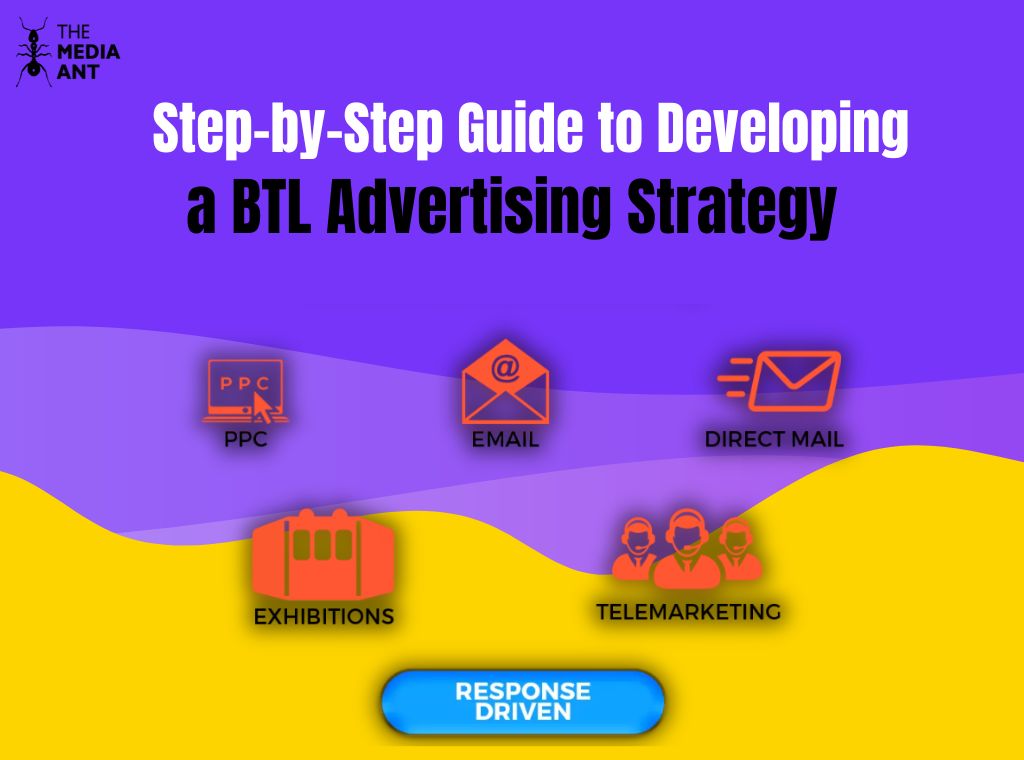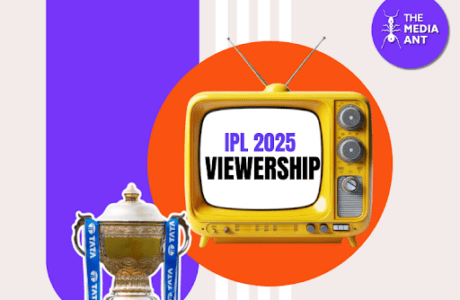If you’re ready to take your brand’s visibility up a notch, you’ve come to the right place. Today, we’re delving into the exciting world of Below-The-Line advertising and crafting a strategy that’s sure to make waves. So, kick back, grab your favorite beverage, and let’s dive into this step-by-step guide together!
Go-To Guide for BTL Advertising Strategy
Step 1: Set Your Goals Straight
First things first, let’s get clear on what you want to achieve with your BTL advertising strategy. Whether it’s boosting sales, building brand buzz, or getting those leads pouring in, setting specific goals will be your compass throughout this journey.
Step 2: Know Your Crowd
Next up, it’s time to get cozy with your target audience. Who are they? What makes them tick? Dive deep into their likes, dislikes, and quirks to ensure your BTL efforts hit the bullseye every time.
Step 3: Budget Like a Boss
Ah, the budget talk. It might not be the most glamorous part of the process, but it’s oh-so-important. Decide how much moolah you’re willing to splash on your BTL adventures and divvy it up wisely among different tactics.
Step 4: Pick Your Weapons
Now for the fun part – choosing the BTL tactics that’ll help you conquer the marketing battlefield. Whether it’s hosting epic events, sending out killer direct mailers, or partnering with influencers, pick the ones that best align with your goals and audience.
Step 5: Craft Compelling Messages
Time to flex those creative muscles! Whip up messages that pack a punch and resonate with your audience on a personal level. Remember, authenticity is key – nobody likes a phony!
Step 6: Get Artsy with Your Assets
Let your creativity run wild as you design eye-catching visuals and killer copy for your BTL campaigns. Think outside the box and make sure your creative assets scream “awesome” from every angle.
Step 7: Plan, Plan, Plan
Now that you’ve got your tactics and assets locked in, it’s time to put pen to paper and map out your execution plan. Plot out timelines, delegate tasks, and get ready to make some marketing magic happen!
Step 8: Let the Show Begin
Lights, camera, action! It’s time for your BTL campaigns. Launch those bad boys into the world and watch as the magic unfolds. Keep a close eye on performance metrics and be ready to pivot if needed.
Step 9: Measure Your Success
As the dust settles from your epic BTL extravaganza, take a moment to assess how things went. Dive into the data, crunch those numbers, and see if you hit the mark with your goals.
Step 10: Learn, Adapt, Repeat
No campaign is perfect, and that’s totally okay! Take those learnings from your BTL adventures and use them to refine your strategy for next time. Remember, it’s all about continuous improvement.
Step 11: Stay in the Loop
Last but not least, stay tuned in to the ever-changing world of BTL advertising. Keep your finger on the pulse of industry trends, and be ready to shake things up whenever needed.
Conclusion
In conclusion, developing a Below-The-Line (BTL) advertising strategy is a dynamic and rewarding journey that requires careful planning, creativity, and execution. By following the steps outlined in this guide, you’ve gained the tools and knowledge needed to craft compelling BTL campaigns that resonate with your target audience and drive meaningful results for your brand.
Frequently Asked Questions
How does BTL advertising differ from ATL advertising?
ATL (Above-The-Line) advertising typically targets a broad audience through mass media channels, while BTL advertising focuses on more personalized and targeted communication with specific audience segments.
What are the benefits of BTL advertising strategy?
BTL advertising allows brands to directly engage with their target audience, create personalized experiences, generate leads, drive sales, and build brand loyalty in a cost-effective manner.
How can I develop an effective BTL advertising strategy?
Developing an effective BTL advertising strategy involves defining clear objectives, understanding your target audience, allocating budget wisely, choosing suitable BTL tactics, crafting compelling messages, designing creative assets, planning execution, implementing campaigns, measuring results, and continuously iterating and improving based on insights gained.
What metrics should I track to measure the success of my BTL advertising strategy?
Key performance indicators (KPIs) for measuring the success of a BTL advertising strategy may include reach, engagement, conversions, return on investment (ROI), cost per acquisition (CPA), customer retention rates, and brand sentiment.
What are some common challenges faced in implementing a BTL advertising strategy?
Common challenges in implementing a BTL advertising strategy may include budget constraints, difficulty in measuring ROI accurately, reaching fragmented or niche target audiences, maintaining consistency across multiple BTL tactics, and staying ahead of evolving consumer preferences and technology trends.





